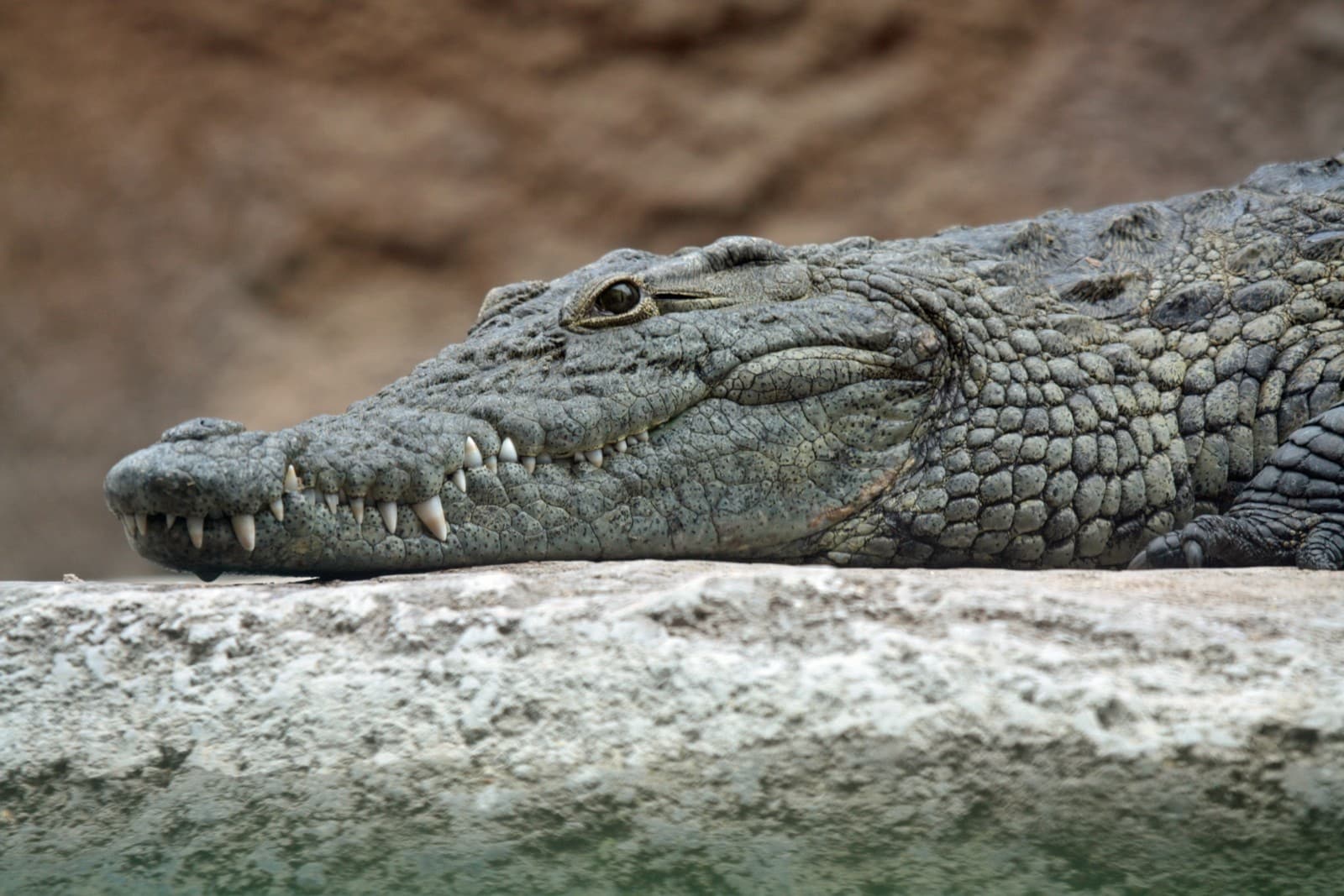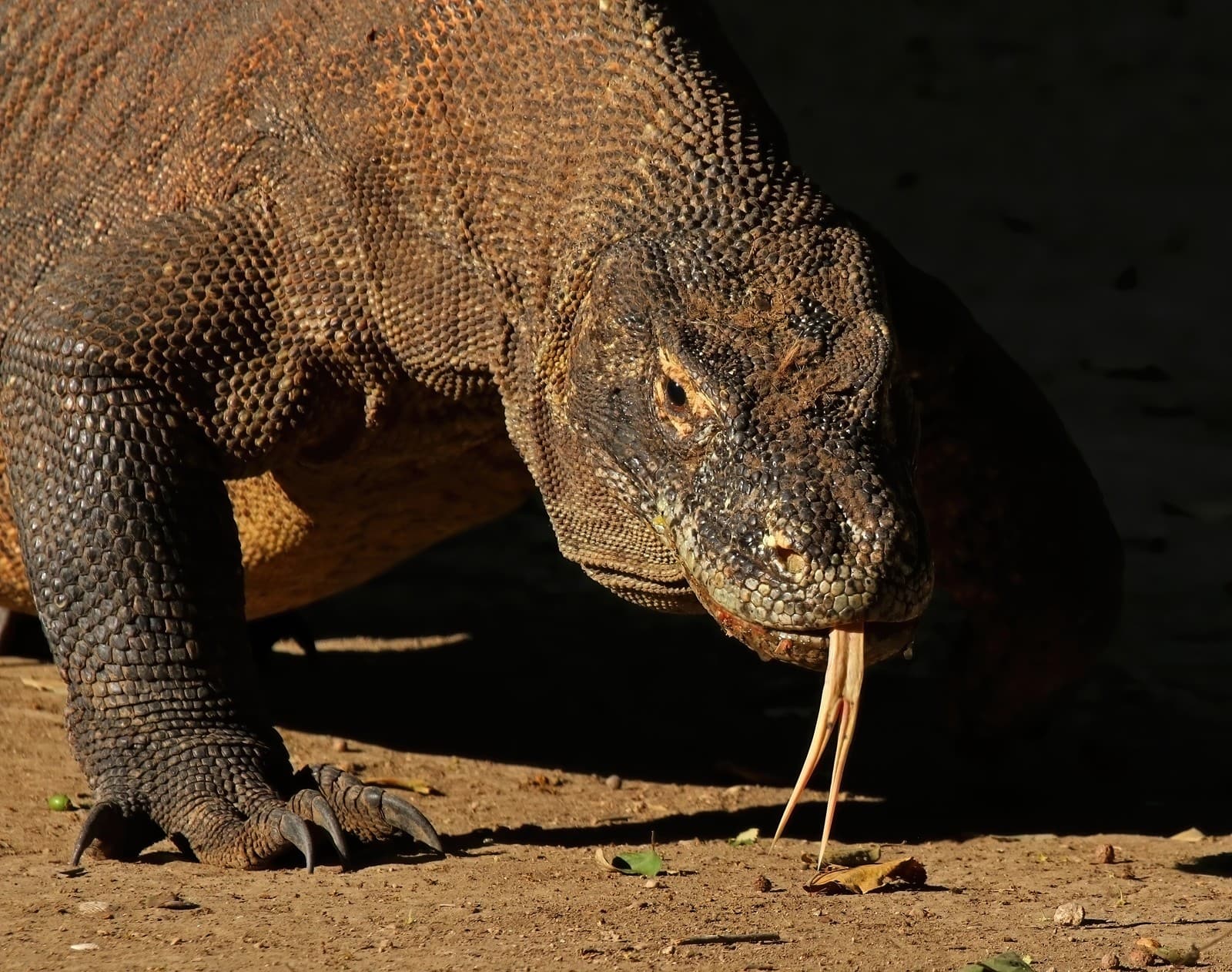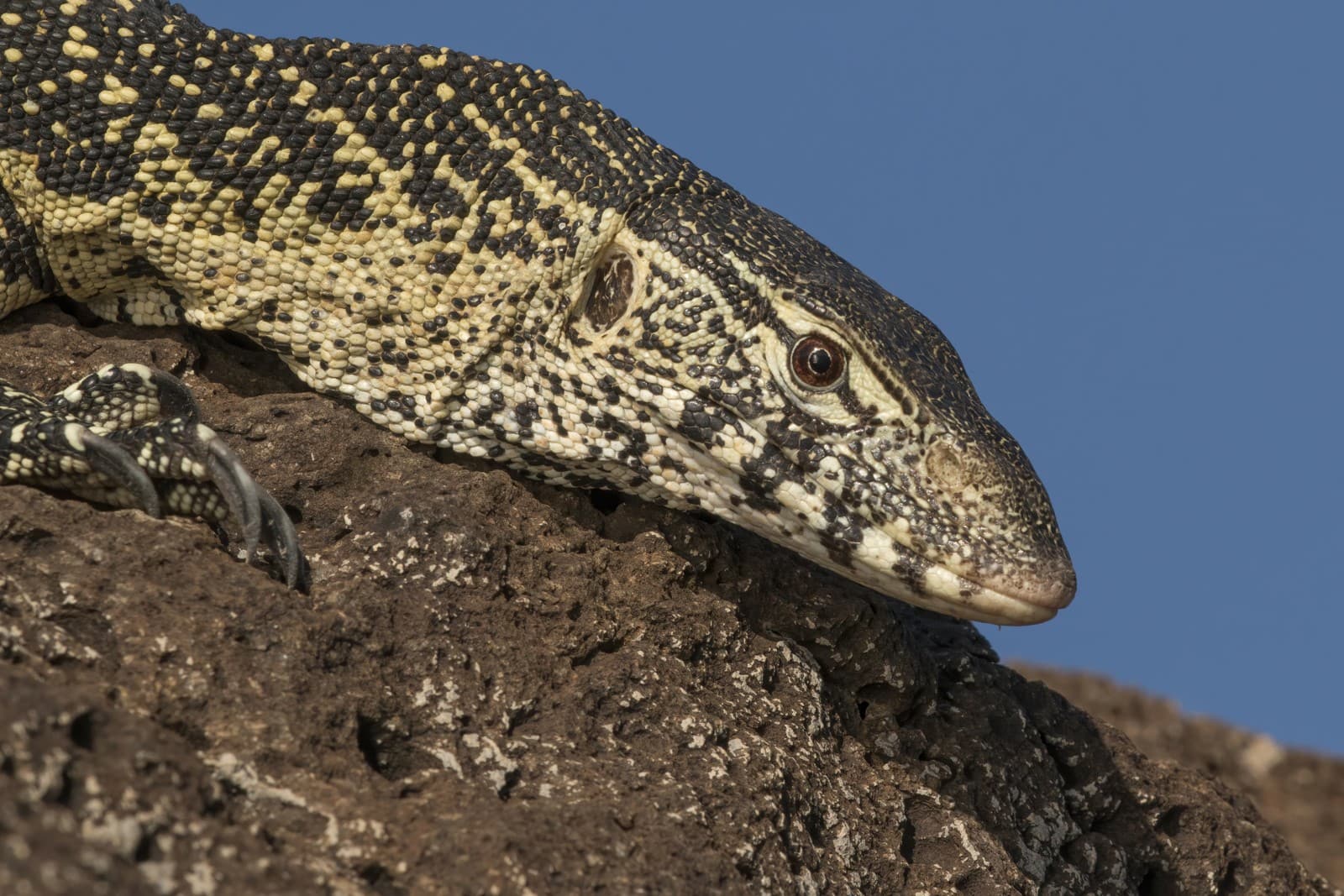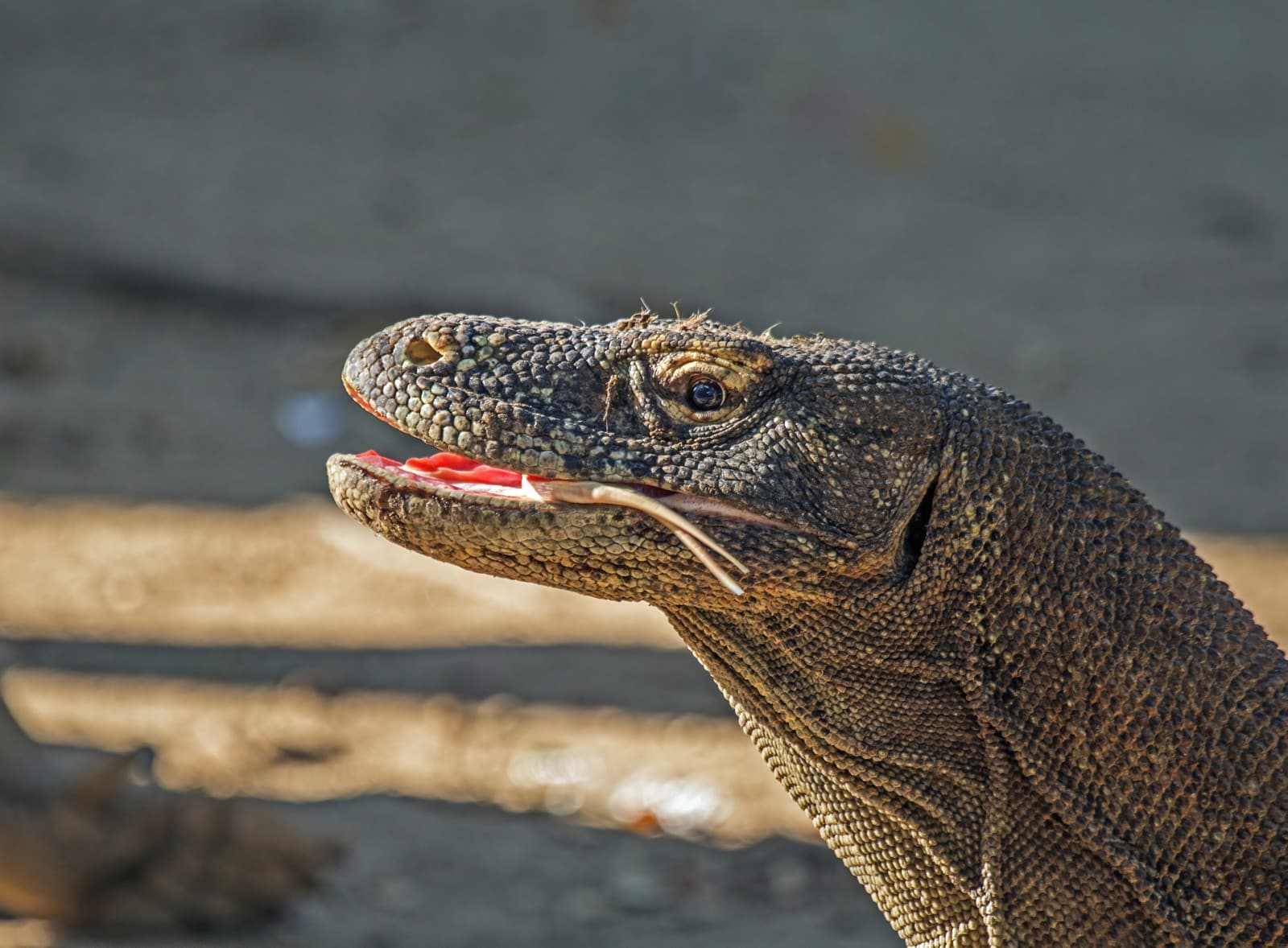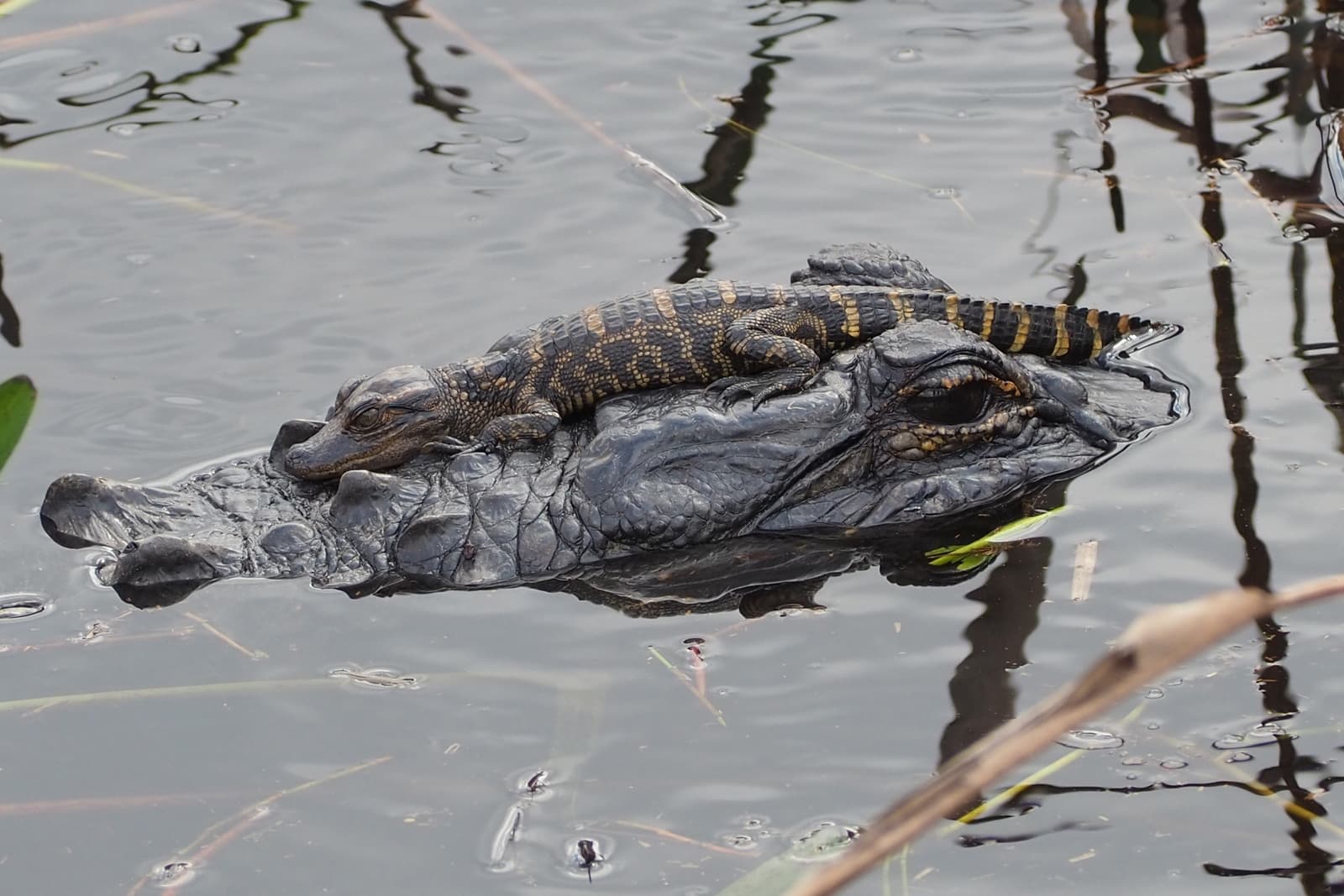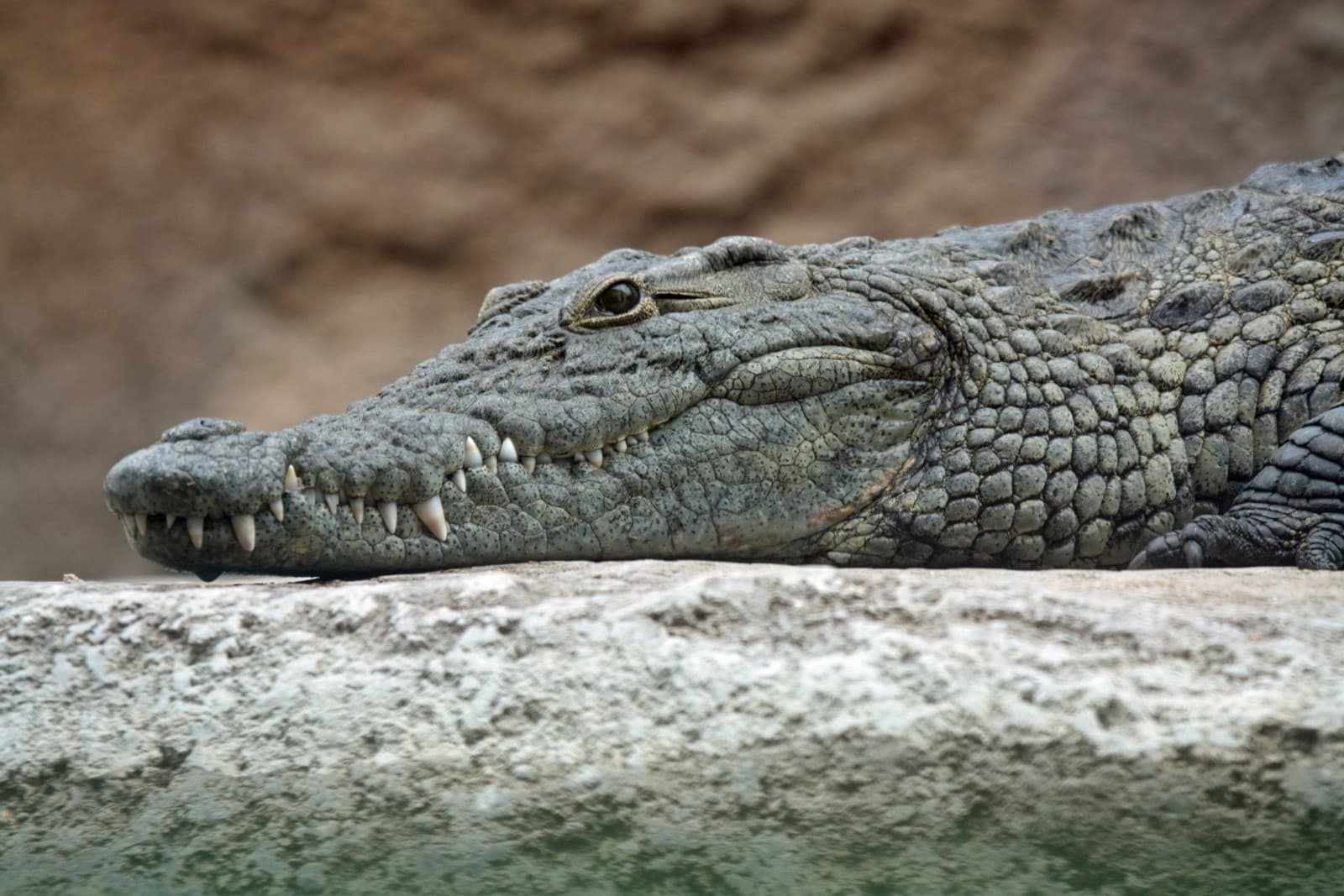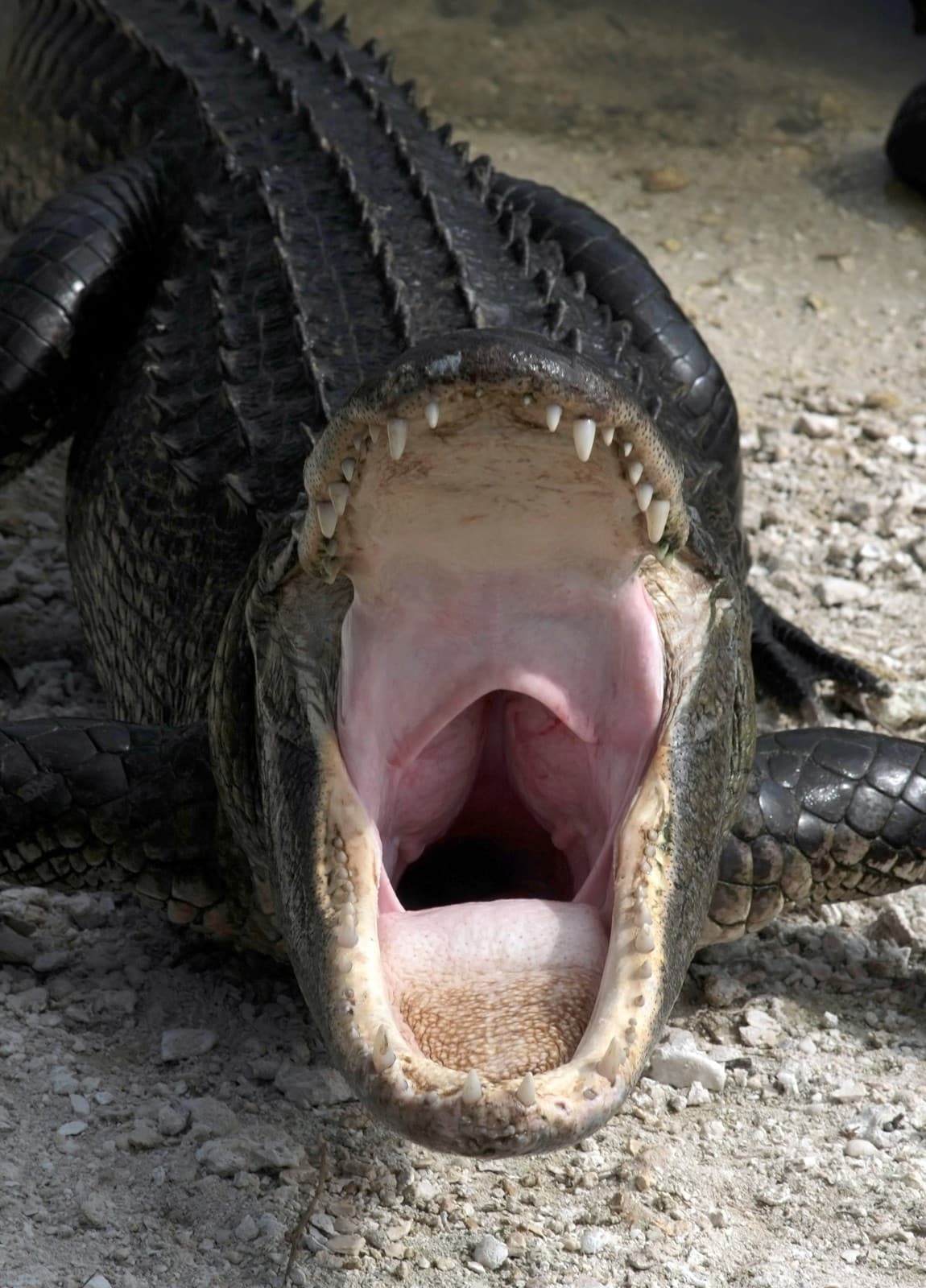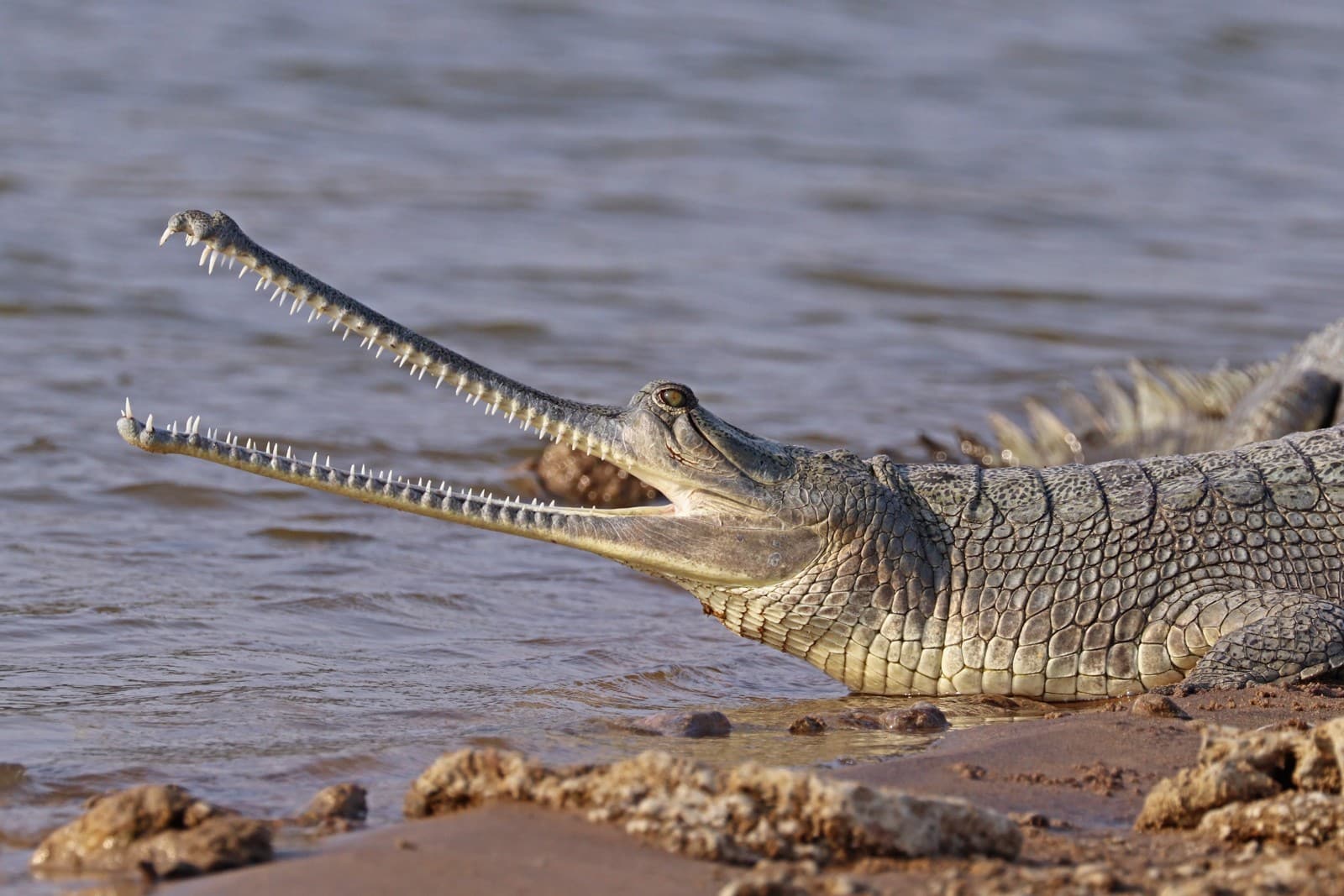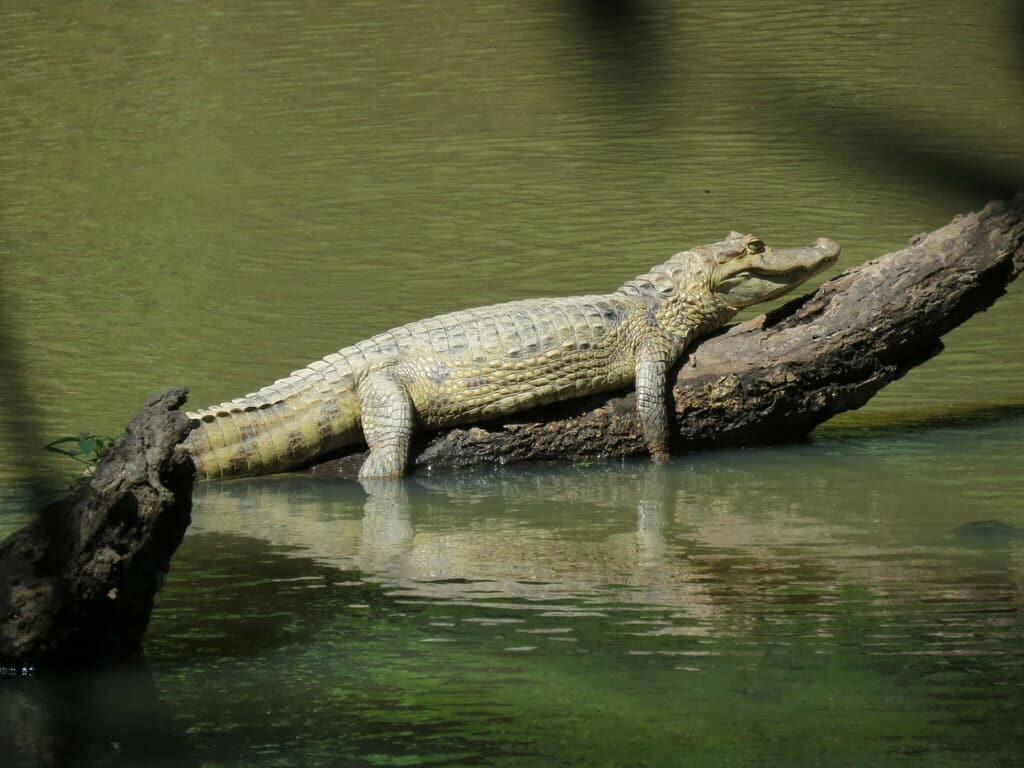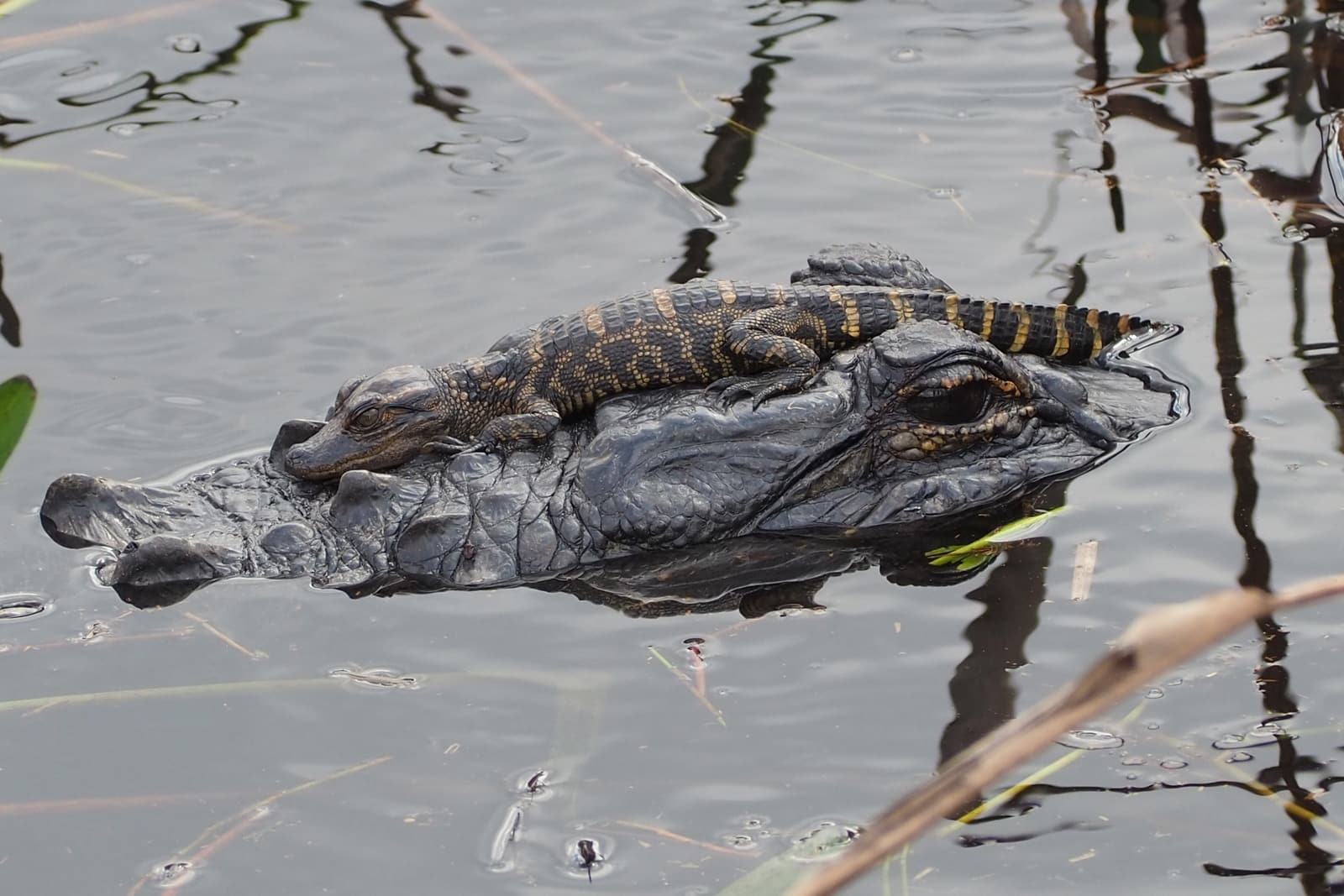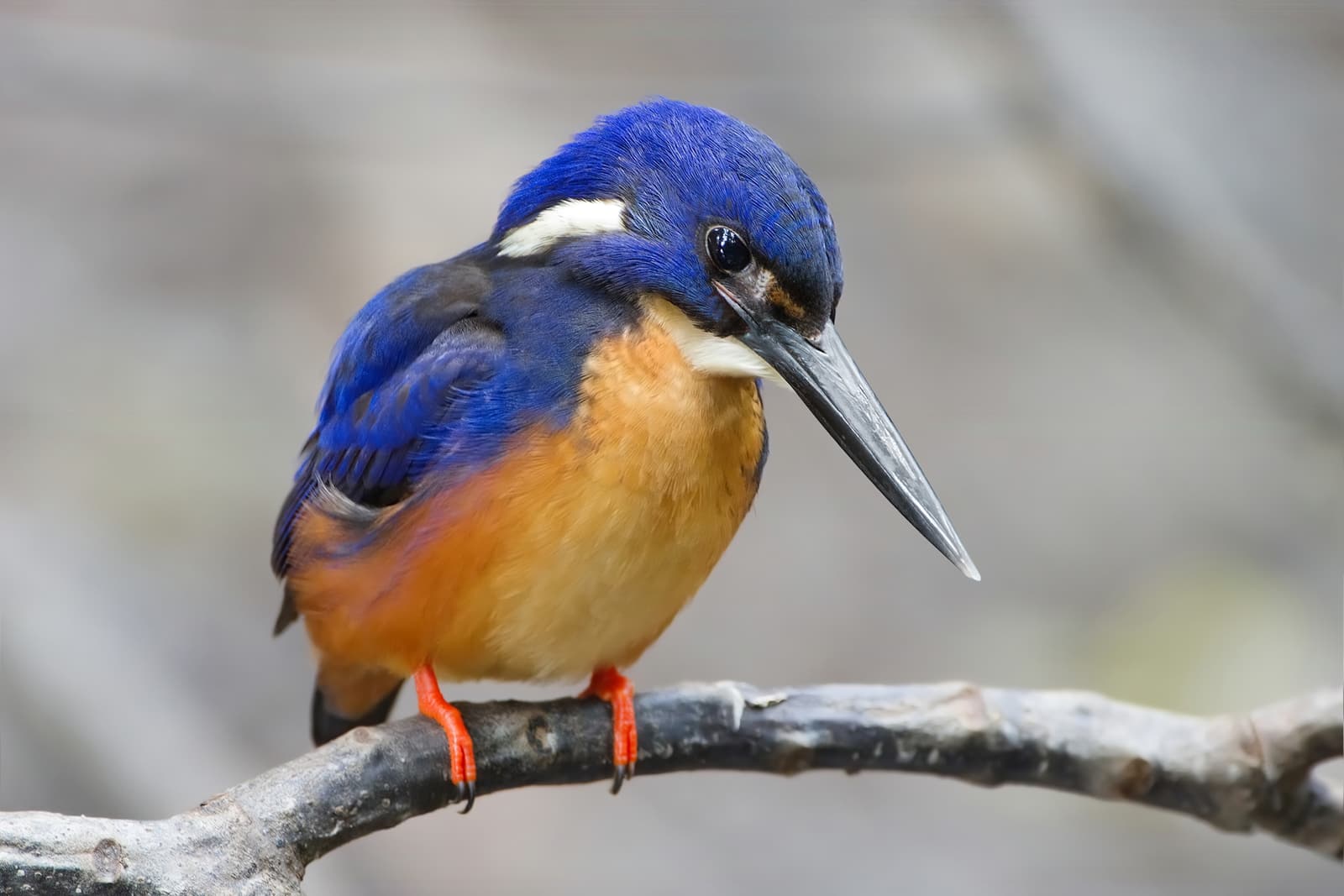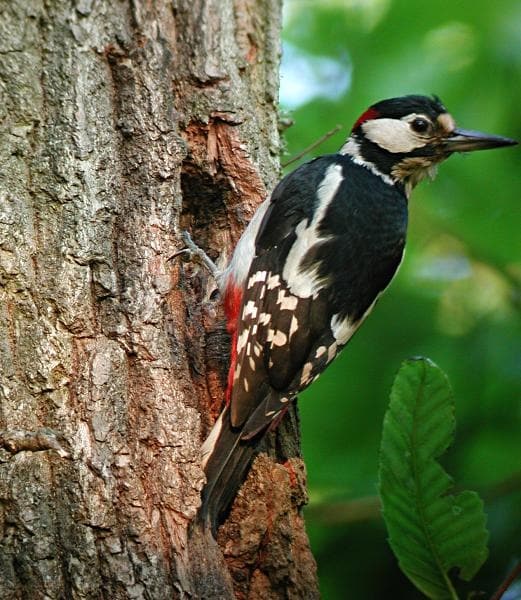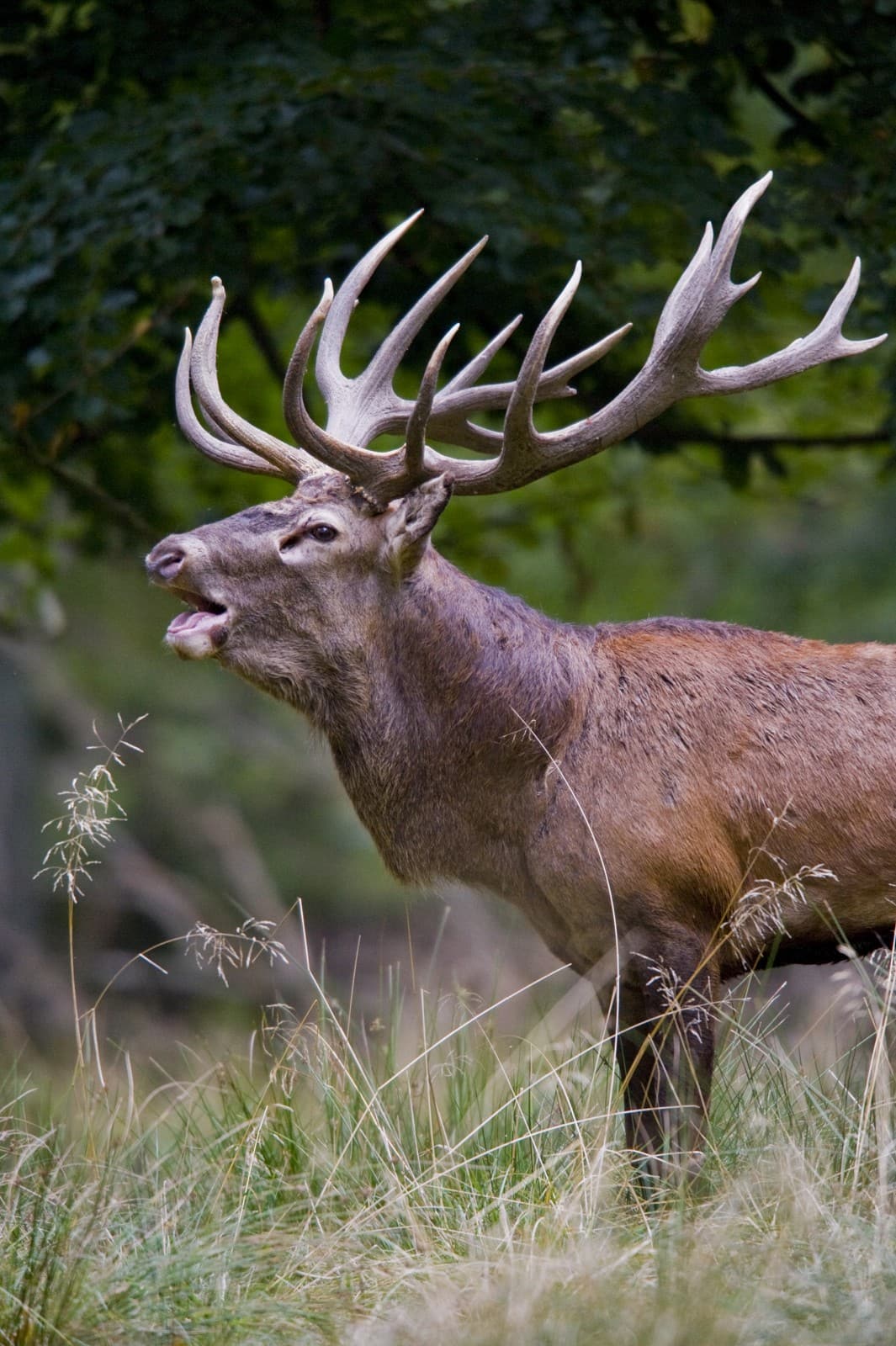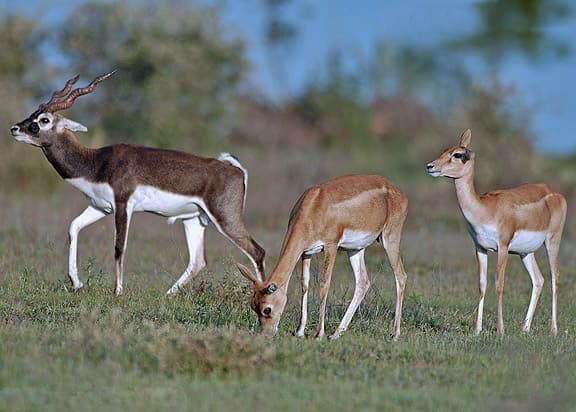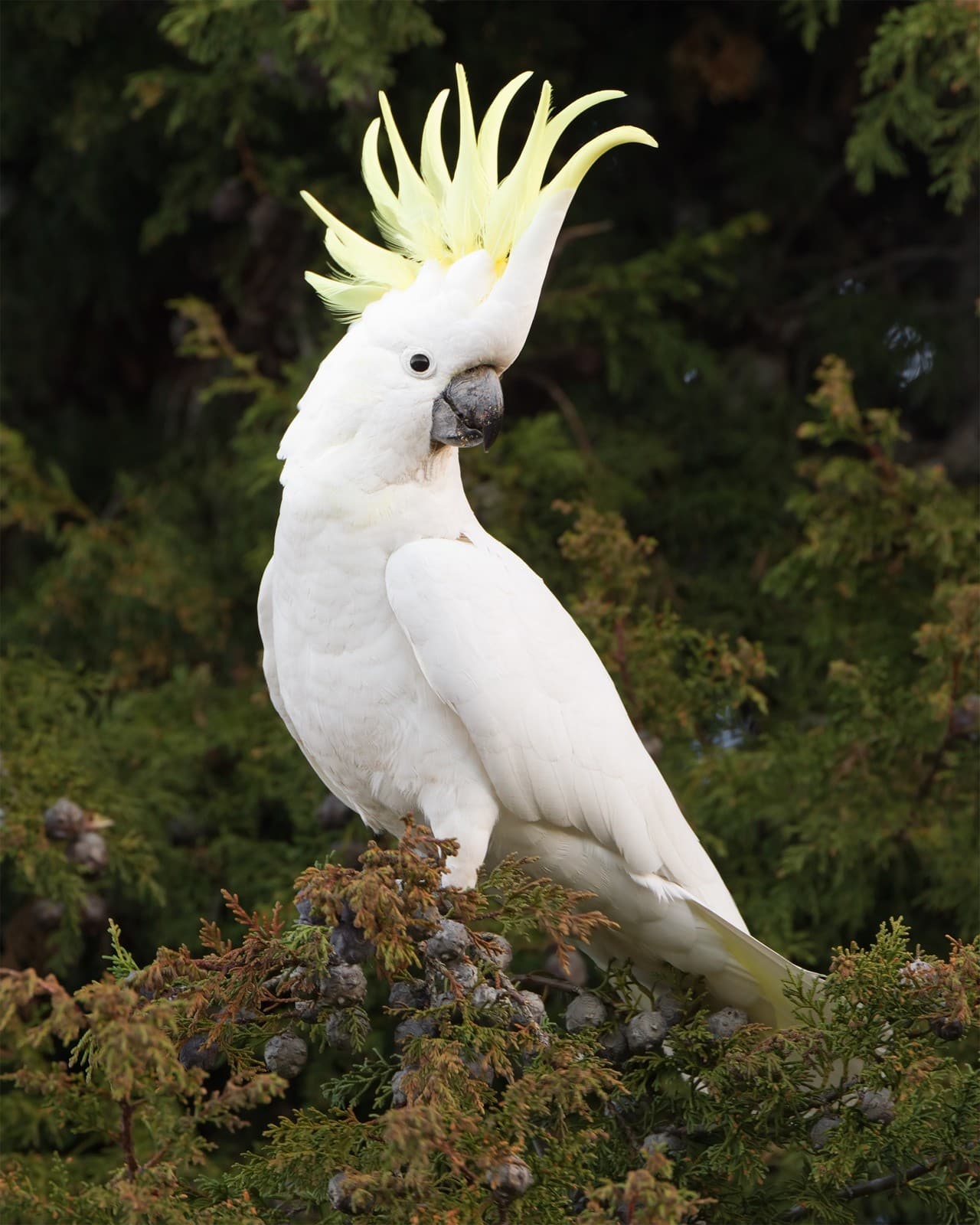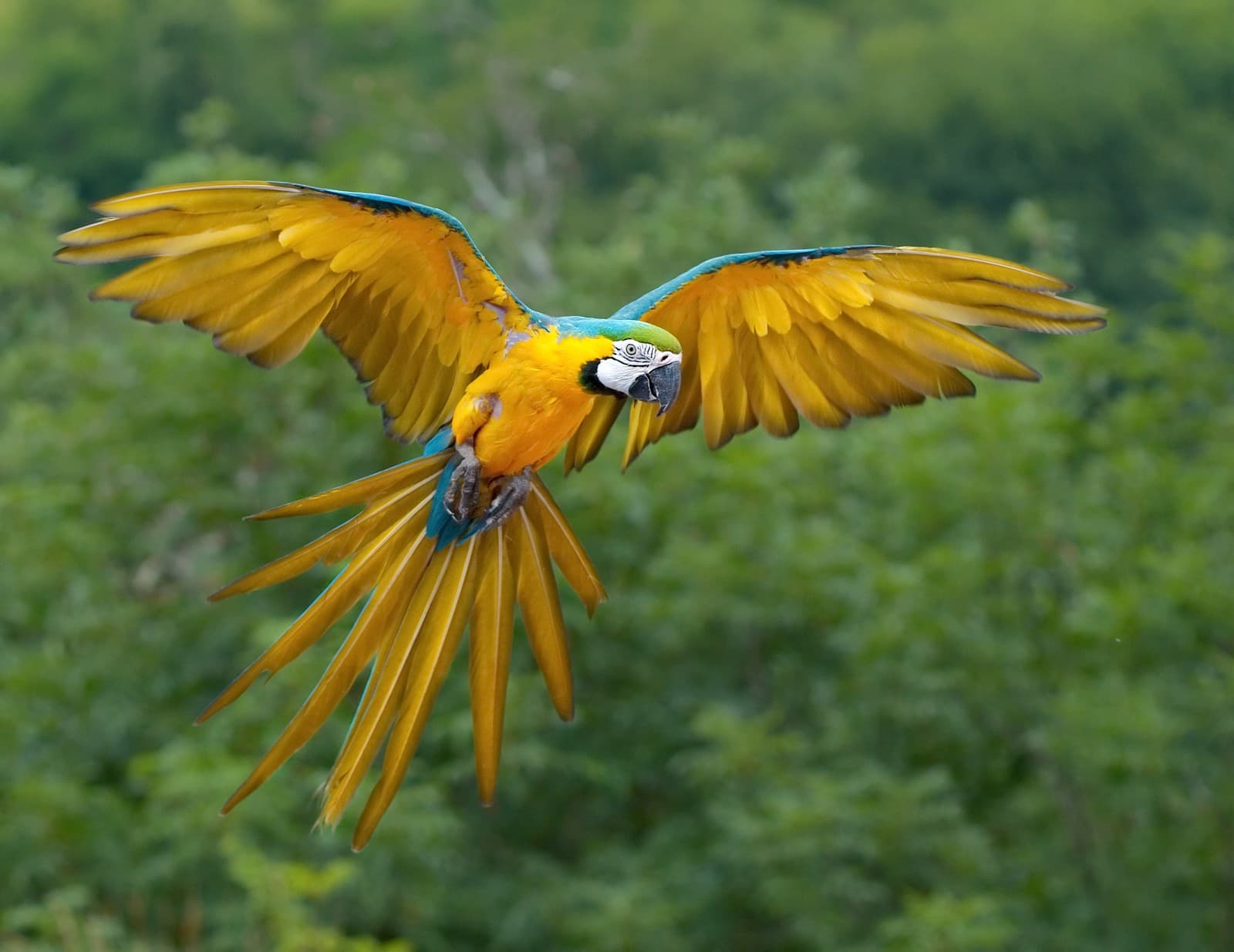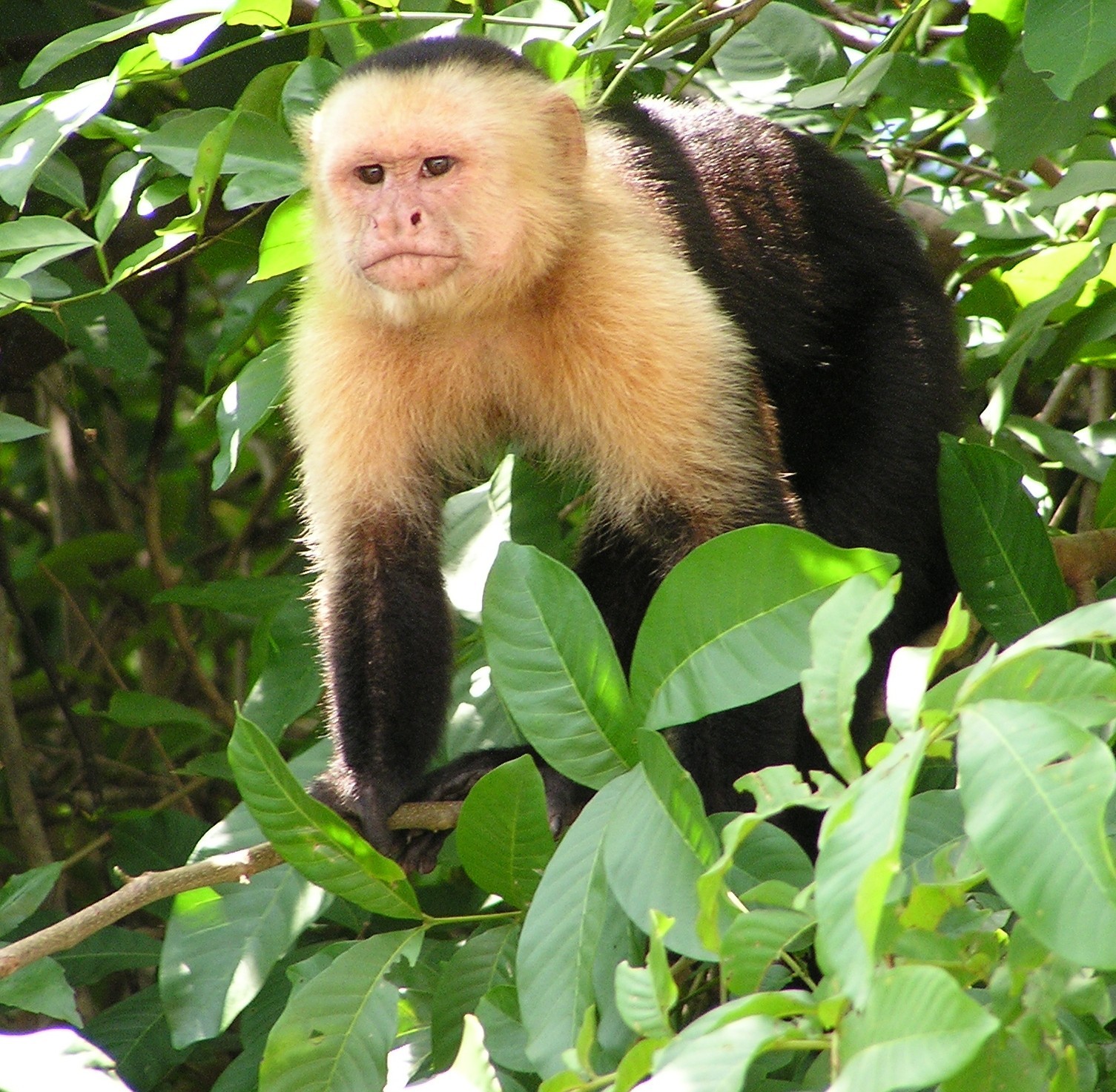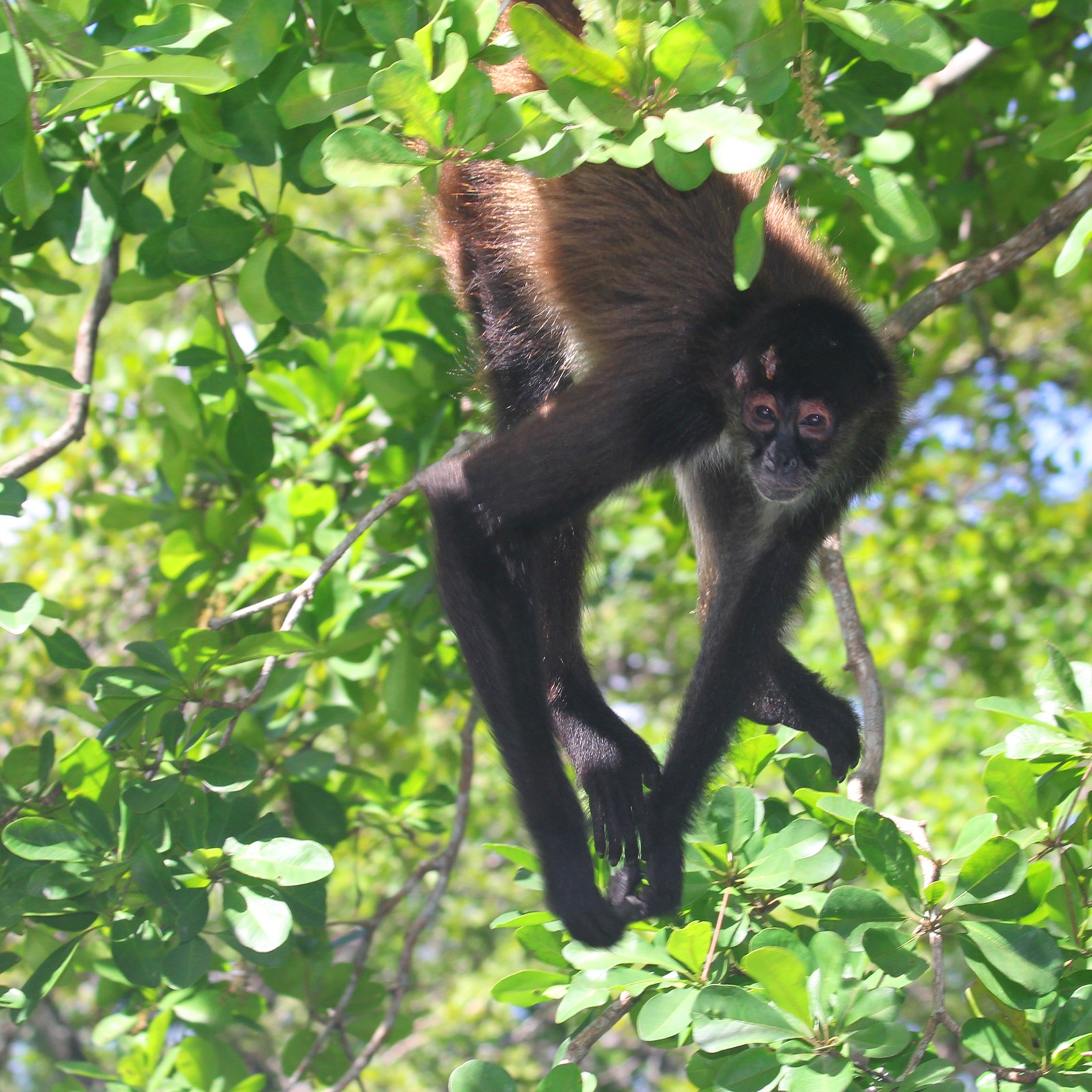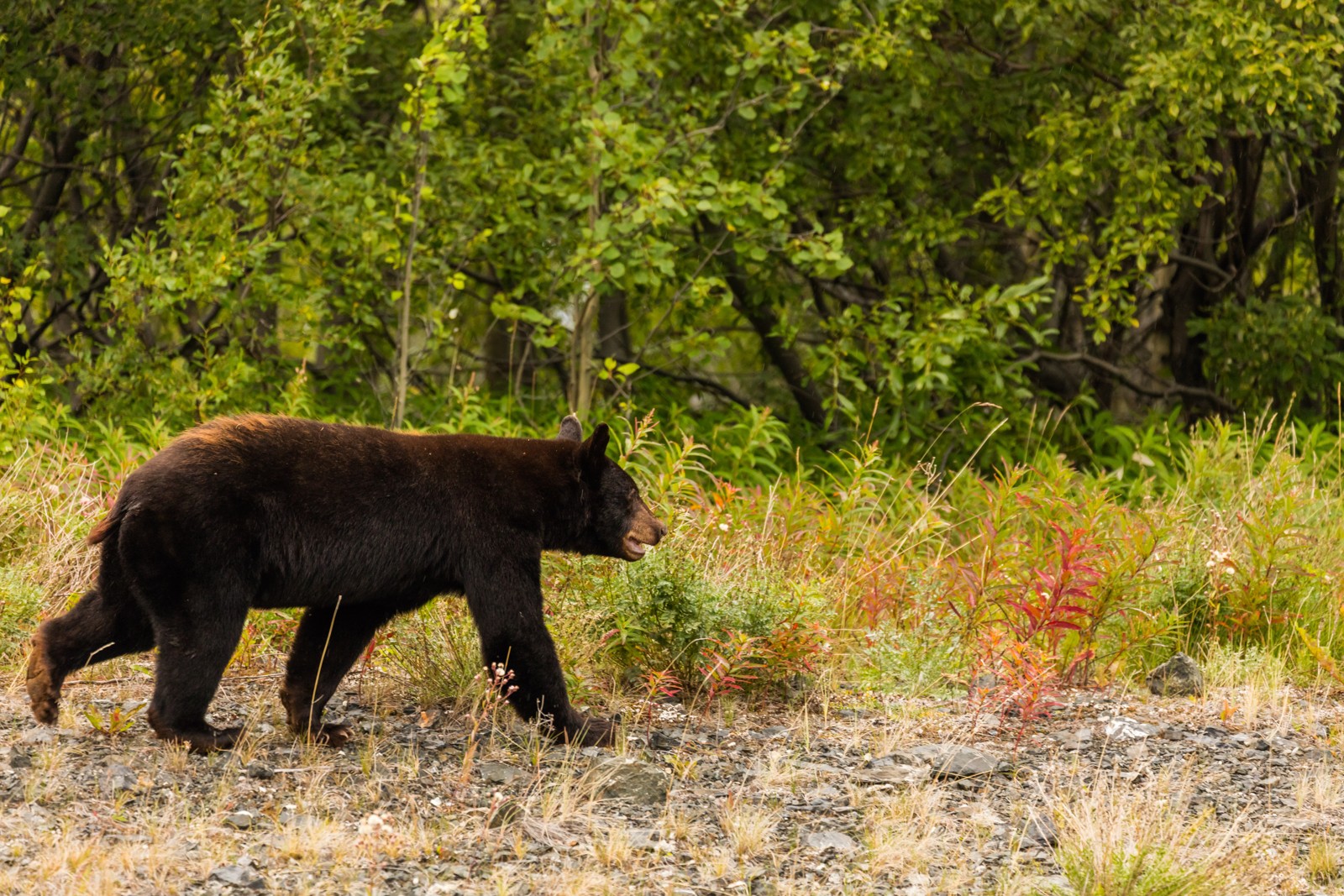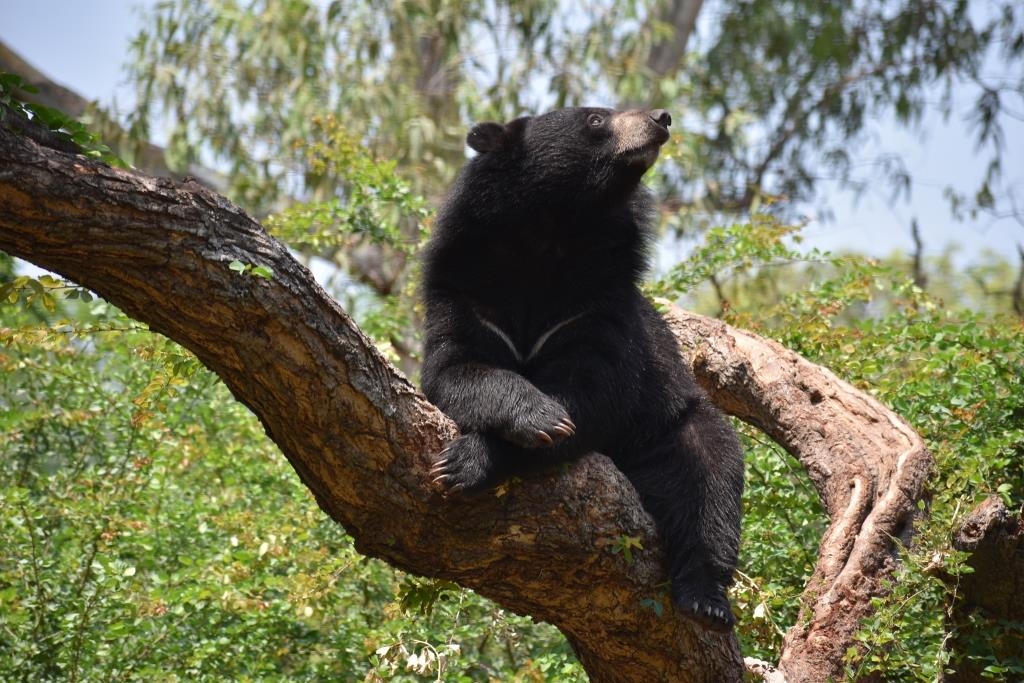Komodo Dragon vs Alligator: A Complete Comparison
In the realm of formidable reptilian predators, the Komodo Dragon vs Alligator comparison presents a fascinating study of evolutionary divergence. While Komodo Dragons can reach lengths of 10 feet (3 meters) and weigh up to 366 pounds (166 kg), American Alligators typically grow larger, reaching 13 feet (4 meters) and weighing up to 1,000 pounds (454 kg). Despite their size difference, both species represent apex predators in their respective ecosystems.
These ancient reptiles evolved along different evolutionary paths, with Komodo Dragons emerging as monitor lizards and alligators developing as crocodilians. Their hunting strategies, physical adaptations, and preferred habitats showcase remarkable specialization that has allowed each species to dominate their ecological niches for millions of years.
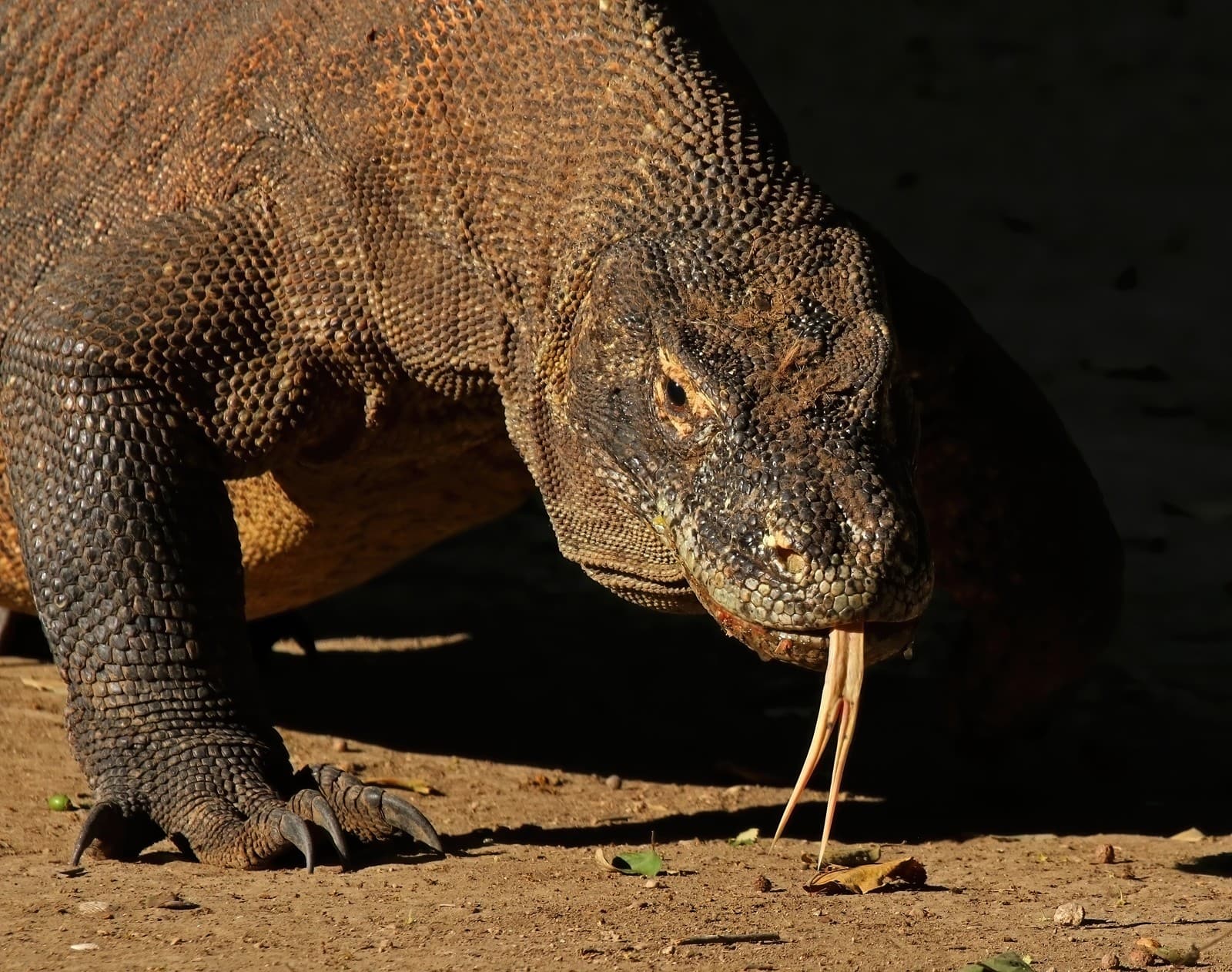
© Charles J. Sharp / CC BY-SA 4.0
The Komodo Dragon demonstrates its powerful sensory capabilities, using its forked tongue to detect prey from miles away. This massive lizard’s muscular build and deadly claws make it the largest venomous predator on Earth.
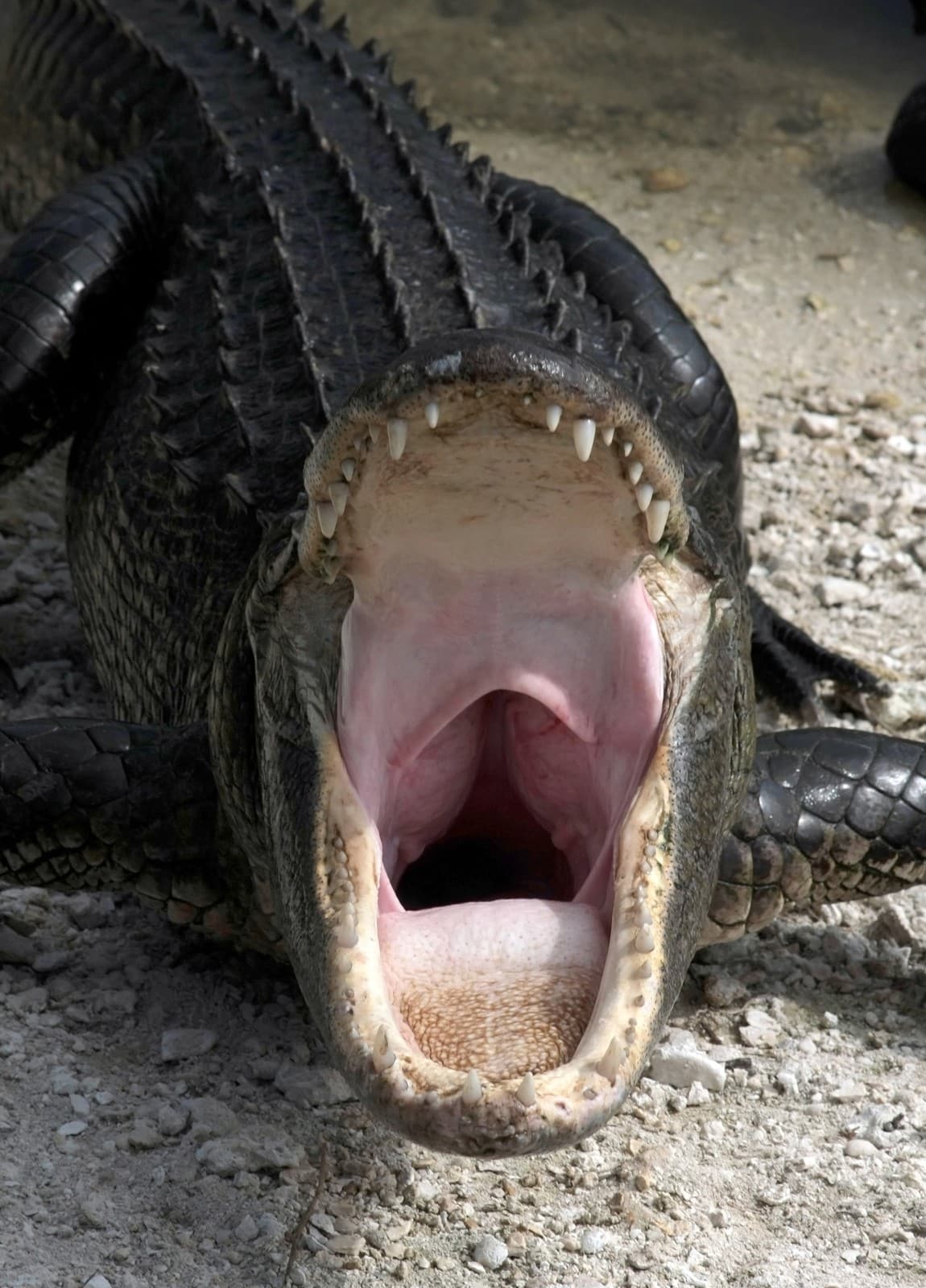
© Ianaré Sévi / CC BY-SA 3.0
The American Alligator’s powerful jaws can generate bite forces exceeding 2,000 pounds per square inch, showcasing the deadly efficiency of these ancient predators. Their distinctive dental arrangement allows for devastating grip strength when subduing prey.
Key Differences Between Komodo Dragons and Alligators
| Feature | Komodo Dragon | Alligator |
|---|---|---|
| Size | Up to 10 ft (3 m) | Up to 13 ft (4 m) |
| Weight | 366 lbs (166 kg) max | 1,000 lbs (454 kg) max |
| Hunting Method | Active pursuit with venom | Ambush predator |
| Habitat | Tropical islands | Freshwater wetlands |
| Bite Force | 500 PSI | 2,125 PSI |
| Lifespan | 30 years | 50+ years |
Habitat and Distribution
Komodo Dragons are endemic to five islands in Indonesia’s Lesser Sunda region, thriving in both tropical savanna and woodland environments. Their ability to swim between islands showcases their adaptability, though they remain primarily terrestrial hunters.
Alligators, conversely, inhabit freshwater environments throughout the southeastern United States and parts of China. These semi-aquatic predators have evolved to excel in swamps, marshes, and slow-moving rivers, where their dark coloration provides perfect camouflage for ambush hunting.
Hunting Strategies and Prey
Komodo Dragon Hunting Tactics
- Uses keen sense of smell to detect carrion up to 5 miles away
- Employs venom glands to deliver toxic bite
- Pursues prey actively, often hunting in groups
- Can consume up to 80% of its body weight in one meal
Alligator Hunting Tactics
- Relies on ambush strategy from water
- Uses powerful tail for burst speed
- Employs death roll to dismember larger prey
- Can go months between meals
Who Would Win in a Confrontation?
While speculative encounters between these predators generate significant interest, several factors would influence any potential interaction:
- Size Advantage: Adult alligators typically outweigh Komodo Dragons significantly
- Bite Force: Alligators possess superior jaw strength
- Environment: Terrain would heavily influence outcome
- Hunting Style: Different predatory adaptations for different niches
Conservation Status and Threats
Both species face significant challenges from habitat loss and human encroachment. Komodo Dragons are classified as endangered, with only about 6,000 individuals remaining in the wild. American Alligators represent a conservation success story, having recovered from near extinction to stable populations exceeding 5 million.
Fascinating Adaptations
Komodo Dragon Specializations
- Sophisticated venom delivery system
- Highly developed sensory organs
- Efficient digestive system capable of processing bone
- Parthenogenetic reproduction capability
Alligator Specializations
- Pressure sensors along jaws
- Enhanced night vision
- Temperature-dependent sex determination
- Specialized heart valve system
Understanding the distinct evolutionary paths and adaptations of Komodo Dragons and Alligators provides crucial insights into the diversity of reptilian predators. While they share certain ancestral traits, their specialized features demonstrate nature’s remarkable ability to produce apex predators suited perfectly to their respective environments.
